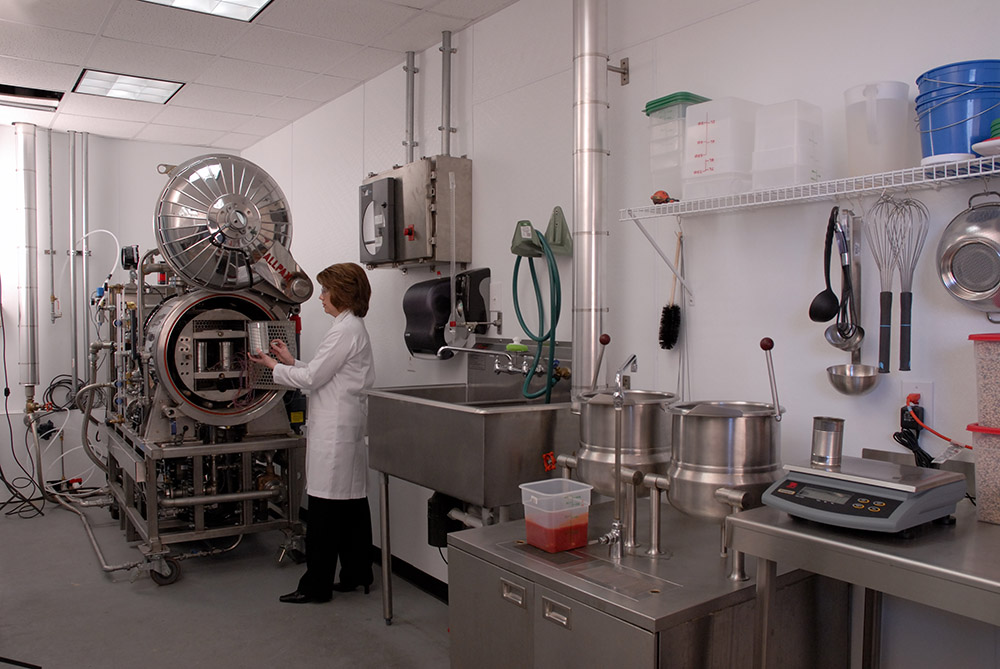
In the United States, the Department of Health and Human Services regulates food, pharmaceutical and nutraceutical products consumed by humans and animals. This is done through either the Food and Drug Administration (FDA) or the US Department of Agriculture (USDA). US‐FDA 21CFR Part 113 defines critical factors as – “any property, characteristic, condition, aspect, or other parameter, variation of which may affect the scheduled process and the attainment of commercial sterility”. Critical factors may include physical and chemical aspects/parameters associated with the container, the product, the filling/sealing conditions, the retort, and the processing conditions. Here we will elaborate on these factors and how they affect commercially sterilized food safety and their relevance to 21CFR Part 113.
The commercial sterilization process involves the application of sufficient heat energy to destroy the food borne pathogens that may exist in hermetically sealed containers, primary among them is the non-vegetative spore of the Clostridium Botulinum bacteria. The heat is applied via saturated steam, water spray/shower, water immersion or forced convection of steam and air. A critical part of the commissioning of a retort involves a temperature distribution test to determine the area of a retort load that is slowest to achieve the desired temperature. Proper temperature distribution in a saturated steam retort process requires the displacement of air from the retort in a vent step. In water spray/shower and water immersion retorts, the circulation of the water is monitored and recorded with a flow meter to ensure that proper flow is maintained throughout the thermal process. A clogged pump screen or spray nozzles will affect flow in the retort, thus potentially causing a deviation in the process. In a steam-air retort, the fan that circulates the mixture is monitored to confirm that there is no loss of the forced convection. With regard to agitated retorts, these machines need to have a means of monitoring and recording the agitation parameters (i.e.: RPM’s, tilt angle and frequency, or strokes/min) so that no variations in these retort parameters occur either, which could negatively impact the delivery of the thermal process.
In-container sterilization requires that the integrity of the containers’ hermetic seal is not compromised. For fragile and semi-rigid containers such as pouches and polymeric bowls and trays, the use of overpressure or counterpressure is employed to protect the containers from pressure differential and fluctuations that can damage the container seal, or otherwise change the headspace within the container while the package material is softened under the elevated temperatures of the retort process. For this reason, pressure is monitored and recorded as a critical process factor.
Product formulation and container filling/sealing conditions are critical as they can affect how the product responds to heat and agitation. Deviations or changes in a scheduled process formulation (i.e. headspace, product viscosity, solid to liquid ratio, particulate size, fill weight, fill temperature, etc.) can have an impact on the thermal process. Even the type of starch or gum used can affect how a product behaves by causing what is known as “broken heating” where a product changes how it responds to agitation throughout the thermal process. Therefore, product formulation and container filling/sealing conditions also must be monitored and recorded in some cases.
For many years the circular chart recorder and hand-written records have been the primary method of retaining records of the thermal processes. In addition to temperature and pressure, modern retort control hardware and software can record all types of critical retort functions such as flow, agitation, as well as various valve and motor functions and conditions. There have been recent enhancements to these instruments in the form of digital chart recorders (DCRs) adding versatility and reliability to the critical retort datalogging process. The instruments used to monitor these functions need to be periodically calibrated against reference instruments with documented certifications of accuracy.
Post process factors, while not process conditions per se, are considerations that can impact the integrity of the product/container after the retort process. Proper container handling by downstream material handling equipment, while in storage, and throughout the distribution chain will further insure against dangerous post-process container damage and product spoilage issues.
Proper operator training and equipment maintenance will further reduce the possibility that these critical factors will become serious issues that need remediation such as product holding and recalls. We hope this white paper has shed some light on the many considerations governing the safe manufacture of commercially sterilized low acid foods. For more information as well as other white papers pertaining other retort room topics, please visit www.ALLPAX.com, visit us on LinkedIn (linkedin.com/company/Allpax) or call us at 888-893-9277.
